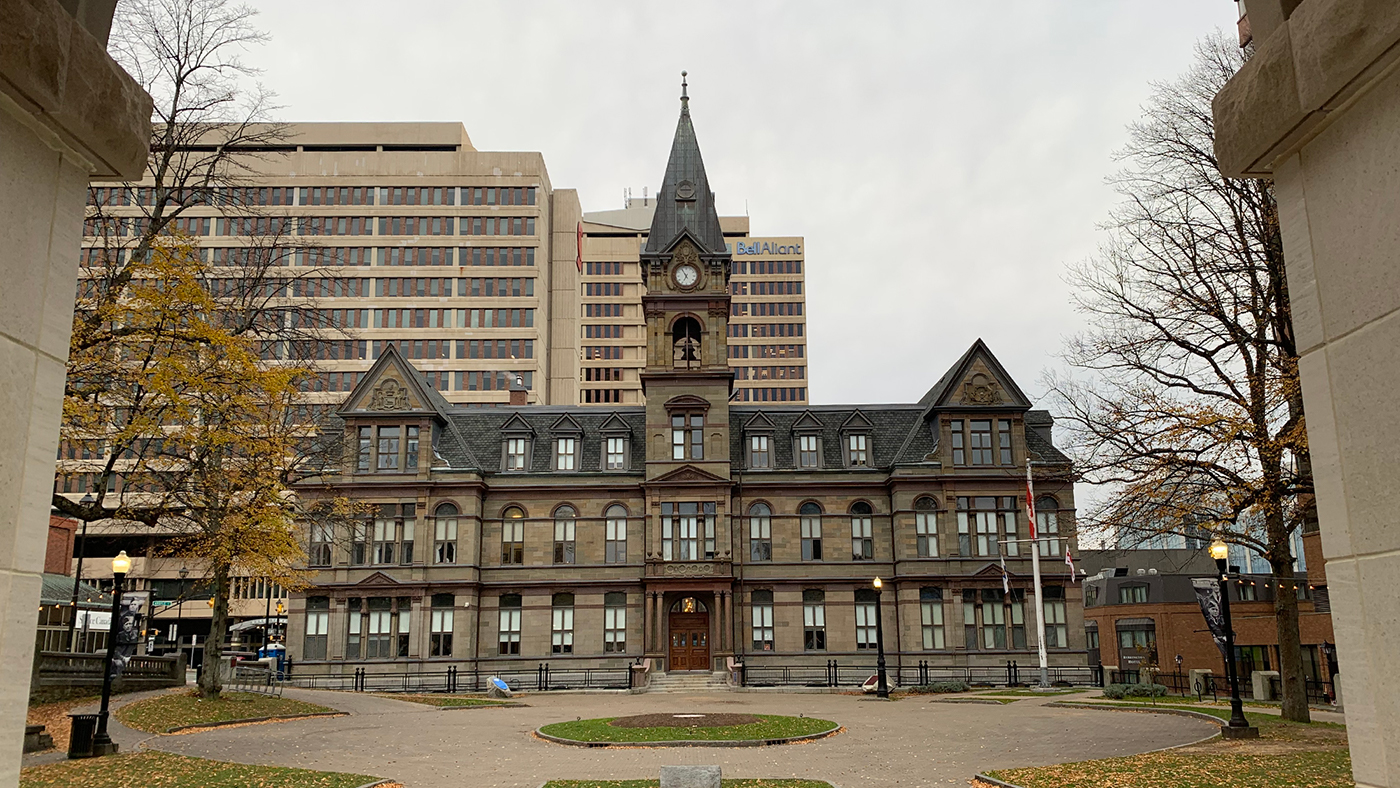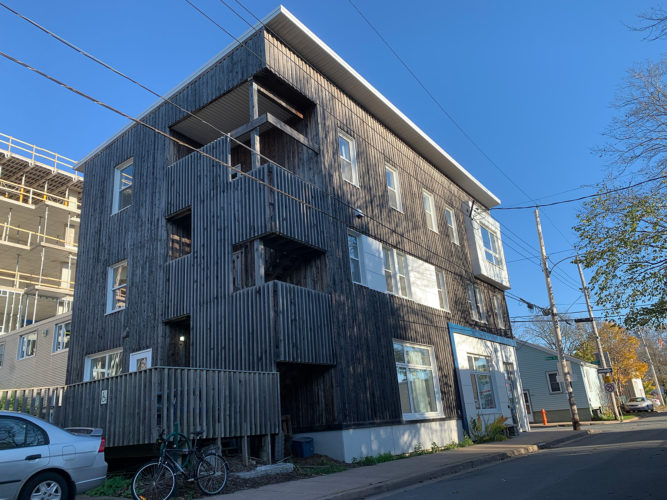Here’s what’s missing from new Halifax green building plan
28 per cent of total greenhouse gas emissions from construction come from embodied carbon

caption
Halifax City Council, Nov. 10, 2021.A new plan endorsed by council’s environment and sustainability standing committee to build all new municipal buildings to a net-zero emissions standard is missing an important piece of the puzzle.
The committee passed a motion on Nov. 4 recommending that council approve a plan to require all energy used by municipal buildings be generated onsite or offsite using renewable energy. If the city decides that net-zero is “infeasible,” the building will be built to what is called a “net-zero ready standard,” defined as using 50 per cent or less of the energy allowance set out in the 2017 national building code.
But the plan leaves out a key source of emissions.
Embodied carbon encompasses all building emissions not related to the building energy use, starting with extraction and manufacturing of materials and including construction, maintenance, and eventually demolition of the building.
According to the World Green Building Council, embodied carbon accounts for 11 per cent of total global greenhouse gas emissions, compared to 28 per cent for building operations.
Reducing embodied carbon is one of the recommended actions in HalifACT 2050, the city’s climate plan passed in summer of 2020. To date, no official target or strategy has been set.
In an interview, Kevin Boutilier, clean energy specialist for HRM, said the city is planning to roll out its plan for embodied carbon in 2026.
When asked why the city was not including embodied carbon in the new net-zero emissions plan, Boutilier said the city didn’t have enough information on its baseline embodied emissions to begin measuring progress.
“At this point, we’re just looking to build our buildings to net-zero and electrify our fleet before we can tackle that,” he said.
Kimberley Fry, energy efficiency co-ordinator at Ecology Action Centre, said that’s not good enough.
“Vancouver has a target to reduce their embodied emissions from new buildings by 40 per cent by 2030 using a 2018 baseline. So it is very unfortunate that Halifax hasn’t included it,” she said in an interview.

caption
The Ecology Action Centre building is one of the most energy-efficient office buildings in Canada.Fin MacDonald is the manager of the zero carbon building program at Canada Green Building Council, a national non-profit that works with industry partners and homeowners who want to build greener buildings. In an interview, he said that embodied carbon has historically been a “blind spot” for the construction industry.
He said that recently there have been advancements in technology that make reducing embodied carbon easier. There are less carbon-intensive ways to manufacture concrete, including the technology from Halifax company CarbonCure, which injects concrete with carbon dioxide. Using recycled steel or using electric furnaces when producing steel can also help, he said.
Boutilier said the city was conducting a review on CarbonCure concrete and is trying to further reduce embodied carbon by reusing as much as possible when it retrofits older buildings.
Fry says the city needs to do more.
“It’s not enough to say, ‘We can’t do that because we just don’t have enough information’. They should be saying, ‘We are limited in what we can do. Here’s some aspirational goals. And here’s a plan for how we’re going to get this data.’ ”
About the author

Sarah Krymalowski
Sarah Krymalowski is a journalist with The Signal. She has a bachelors degree of Arts & Science from McMaster University where she studied...
